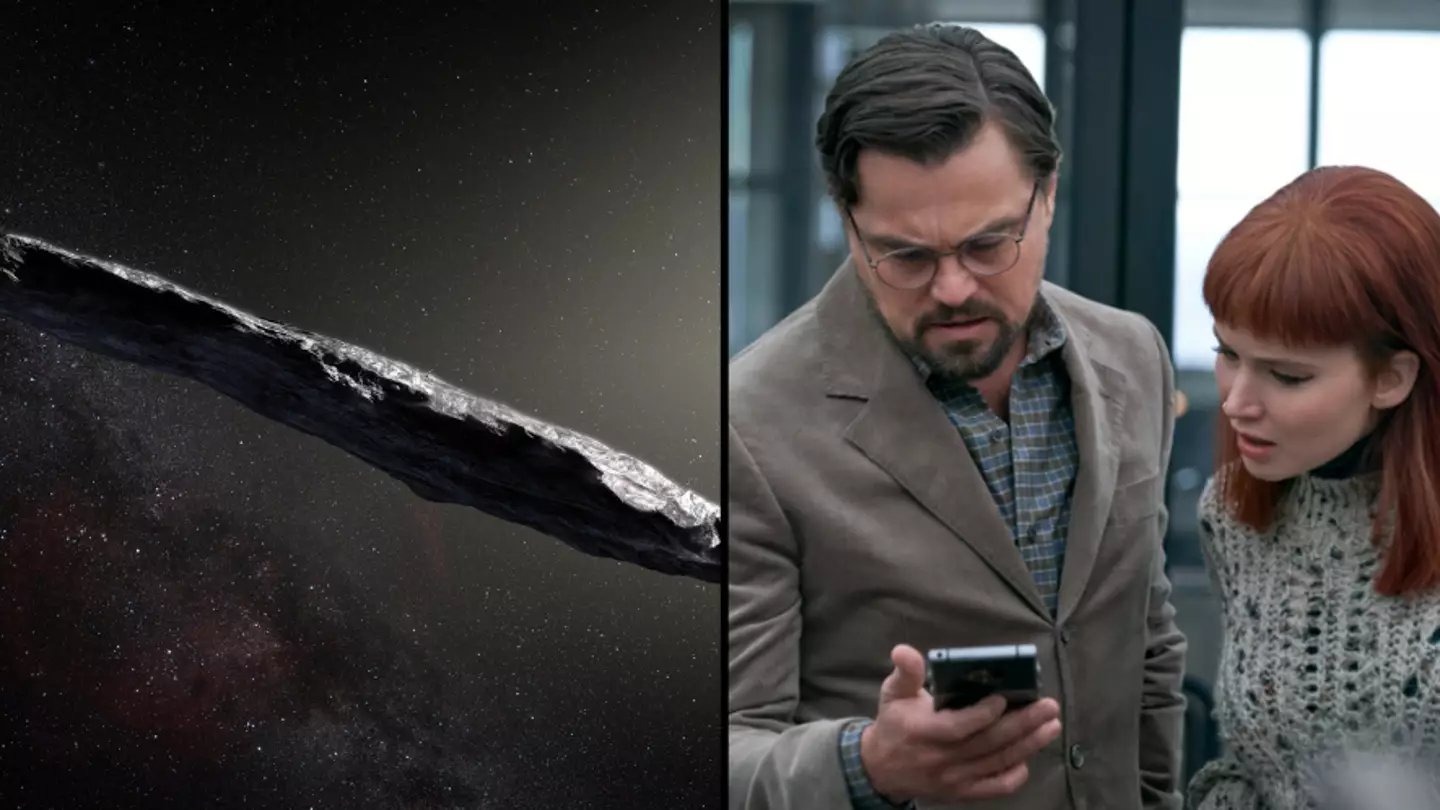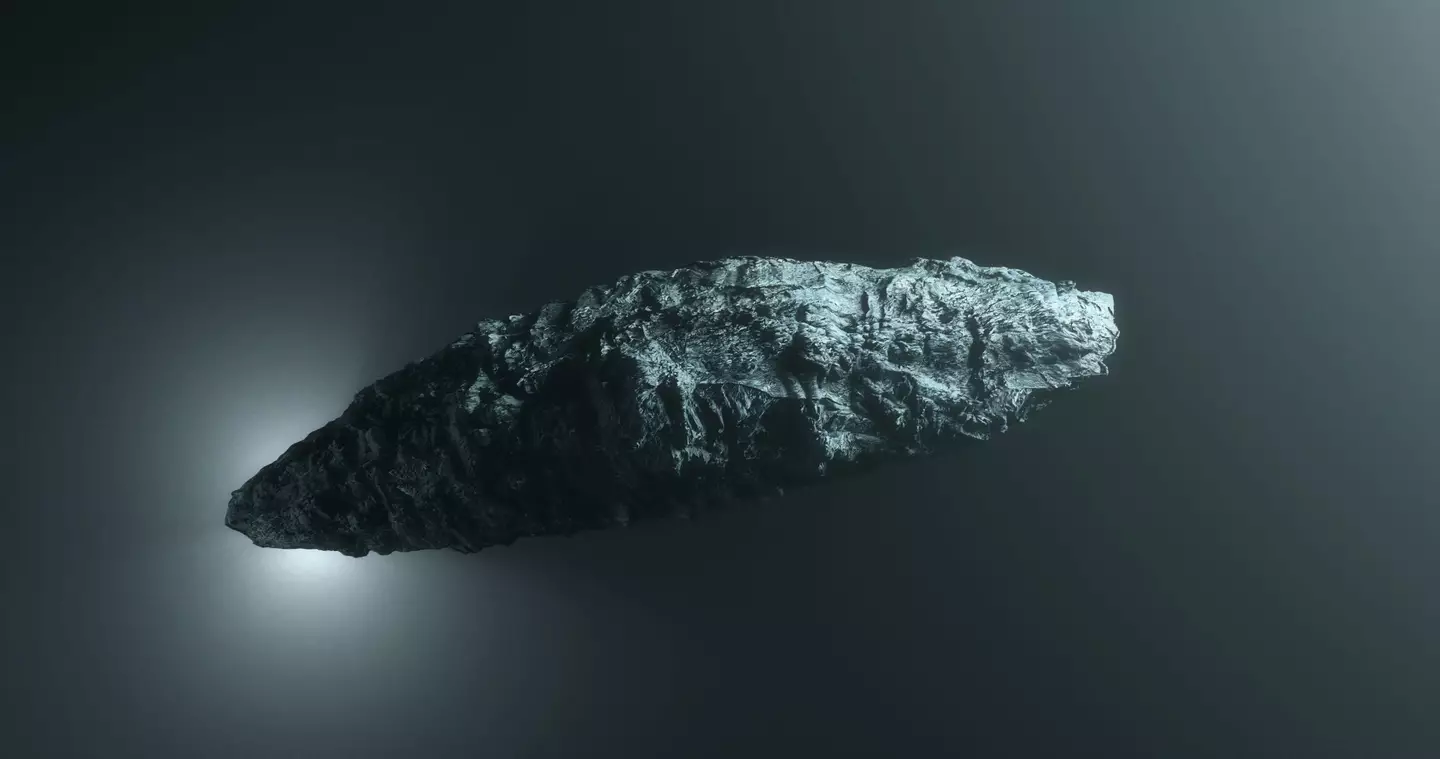
Scientists have confirmed a meteor that hit Earth in 2014 came from another solar system, making it the first known interstellar object to make its way to our planet.
The interstellar object, known as Oumuamua, was discovered five years ago.
The US Space Command released a memo confirming the new discovery, explaining that the rocky body that measured 0.45 metres across ‘was indeed an interstellar object’.
NASA says the meteor lit up skies near Manus Island, Papua New Guinea on January 8, 2014, and had travelled at more than 160,000 kilometres per hour.
Scientists are still searching the South Pacific Ocean to find debris and more about the object’s origin.
Advert
At a Space Foundation panel on Planetary Defense, Lt. Gen. John Shaw confirmed the updated classification of the rock.
He said: “I had the pleasure of signing a memo with US Space Operations Command’s Chief Scientist, Dr Mozer, to confirm that a previously-detected interstellar object was indeed an interstellar object, a confirmation that assisted the broader astronomical community.”
The memo read that Dr Mozer ‘reviewed analysis of additional data available to the Department of Defense related to the final’.
Additionally, it said: “Dr Mozer confirmed that the velocity estimate reported to NASA is sufficiently accurate to indicate an interstellar trajectory.”
The study was conducted by Harvard astronomers Amir Siraj and Abraham Loeb, who wrote the paper in 2019 to make the case for the rock’s extrasolar origin.
Advert

According to Vice, the paper was unable to be published in a peer-reviewed journal due to its reliance on some sensors used in the US Department of Defense.
Following the discovery of the Oumumua asteroid, the pair of astronomers looked through historical data from NASA’s Center for Near Earth Object Studied (CNEOS) for evidence of similar meteors that could have come from outside the solar system.
That lead them to the rock found near Papua New Guinea in January 2014.
After doing their research and crunching their numbers they had concluded that ‘with 99.999% confidence that the 2014-01-08 meteor was interstellar.’
Advert
However, the margin error wasn’t enough to get their paper published.
With the memo now signed by Dr Mozer and Lt. Gen. Shaw, this paper could be on its way to publication.